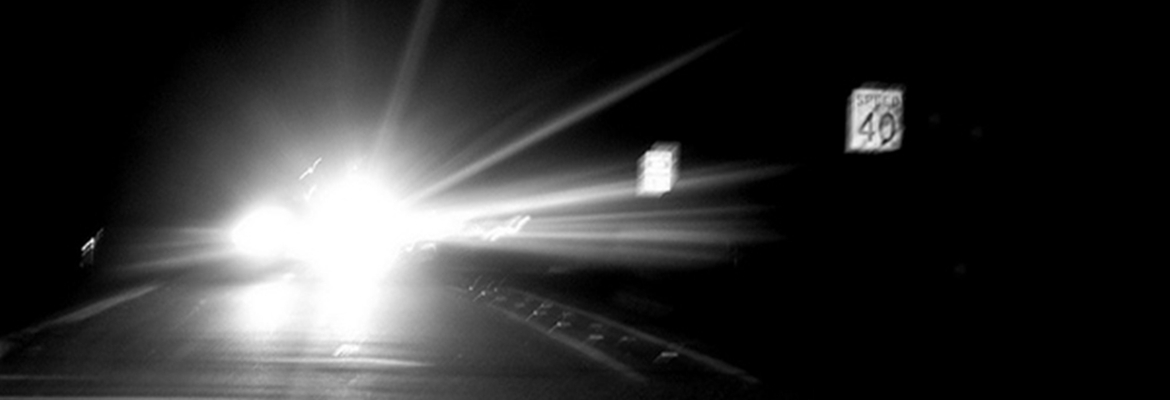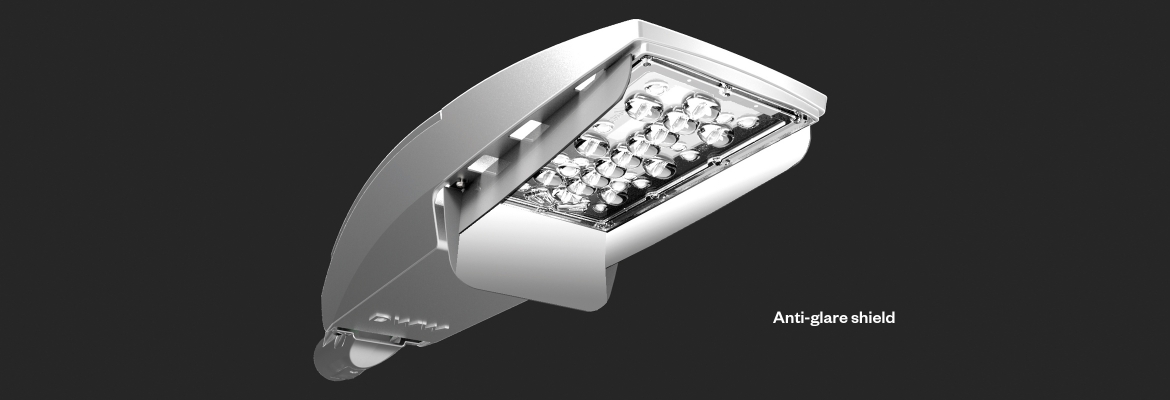How to: reduce glare in your lighting schemes
July 2017
July 2017
A dictionary definition describes glare as "difficulty seeing in the presence of bright light such as direct or reflected sunlight, or artificial light such as car headlamps at night", but just to complicate matters, did you know that there are different types of glare to consider? Ranging from mild discomfort to impairment in the ability to see and perform a task.
Discomfort glare from a light source or luminaire, where brightness is greater than the eye can adapt to, makes a task uncomfortable to perform. The degree of discomfort depends on several factors; the brightness and the size of the glare source, the position of the glare source in relation to the line of sight, and the background luminance against which the glare source is viewed.
Disability glare is caused by a reduction of contrast which leads to a decrease in visibility. This type of glare describes the situation when the ability to perform is adversely affected i.e. driving when the sun is low in the sky or towards a vehicle using full beam headlights. Traditionally, disability glare would be associated with incidental issues such as those described and not associated with modern lighting design practice or product technology.

The occurrence of glare is an unwanted side effect which needs to be avoided wherever possible. With the wide use of LEDs in exterior lighting schemes, glare has become an increasingly common issue due to the small scale of LEDs as a light source, and their increased directionality.
Like with most elements associated with exterior lighting, mitigation for things like glare can and should be considered during the design stage. It is important to consider location, mounting, inclination and usage when designing a new lighting layout.

Click here for the ILP’s guidance on the reduction of obtrusive light.